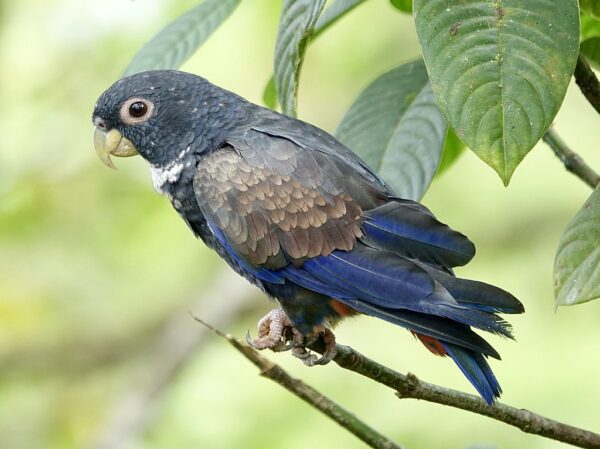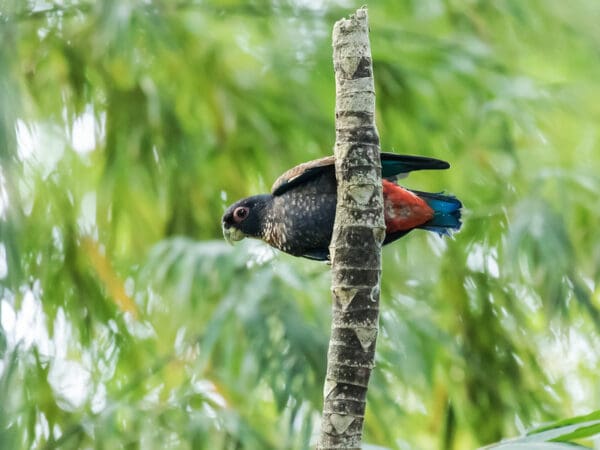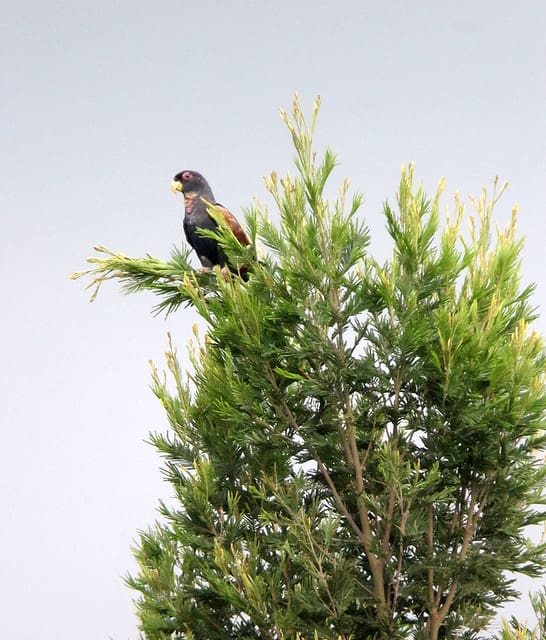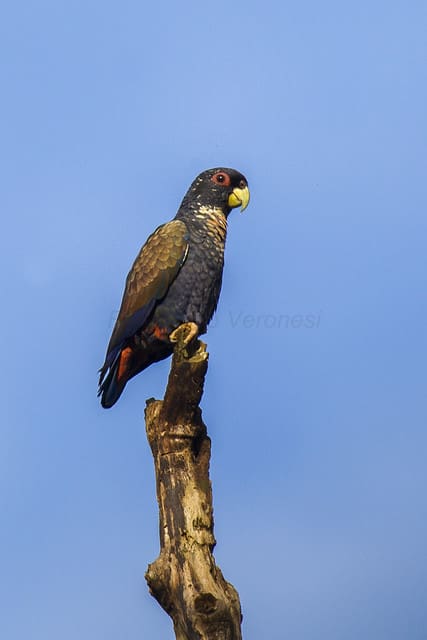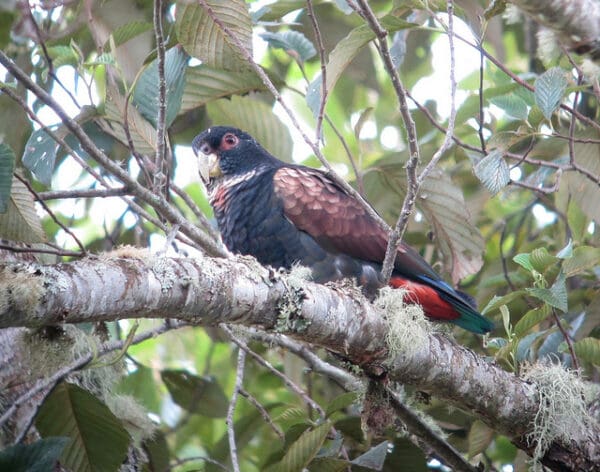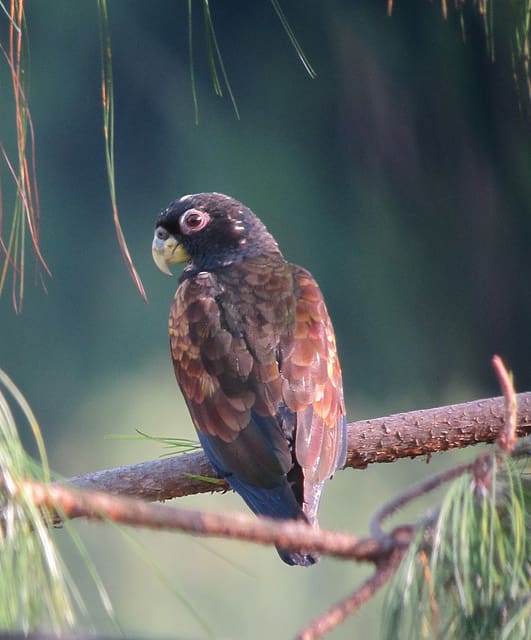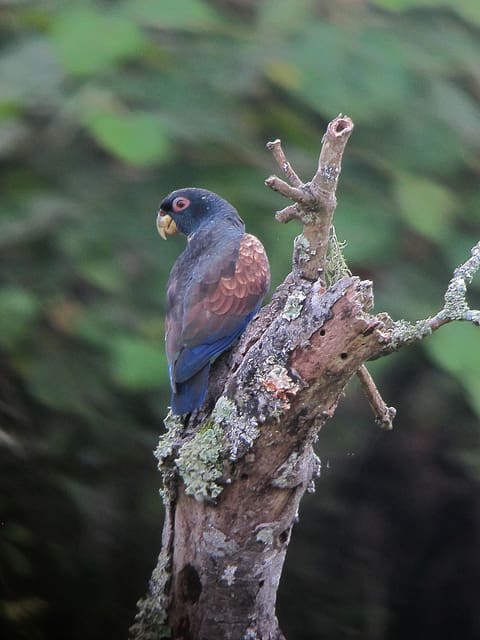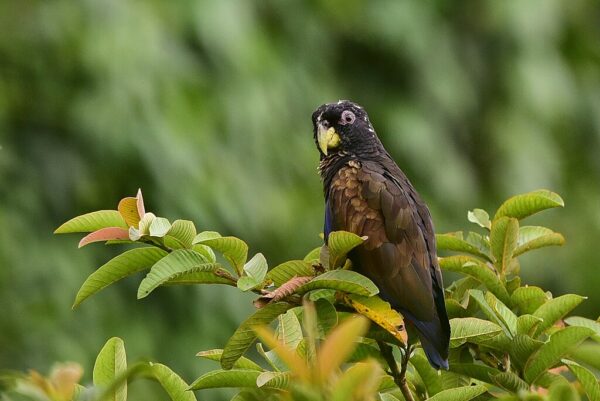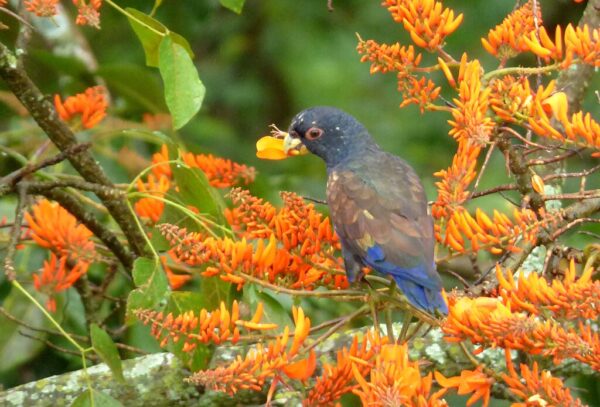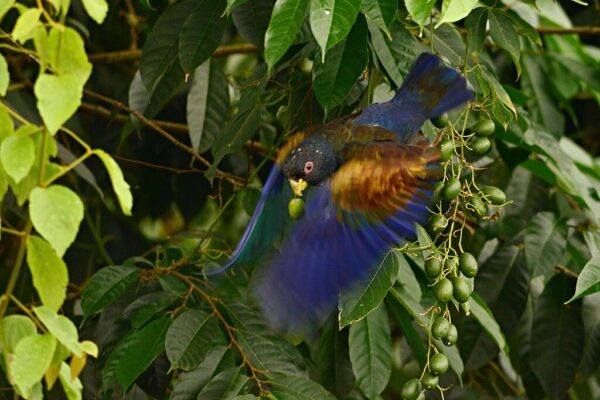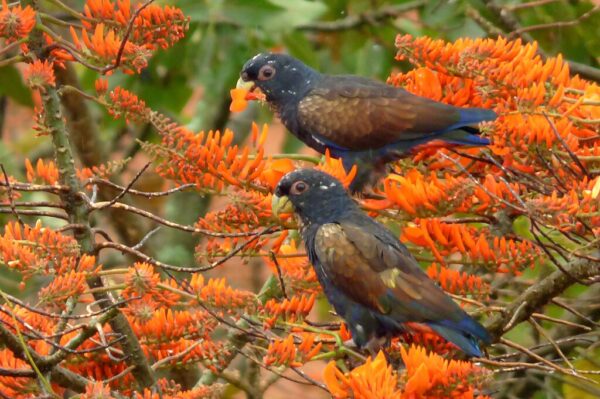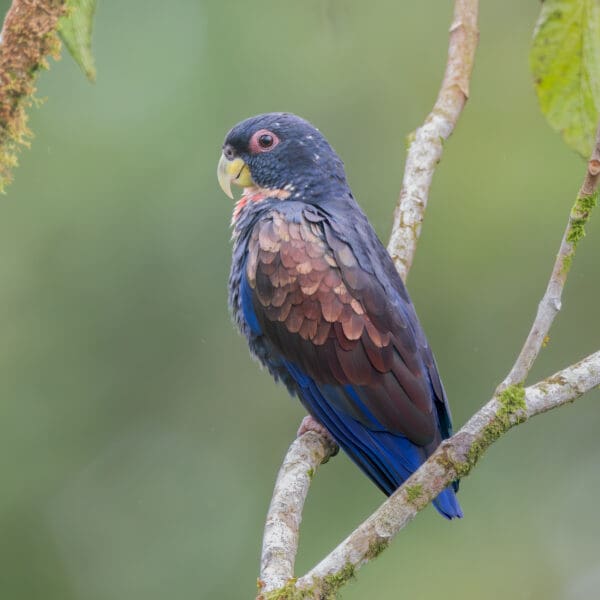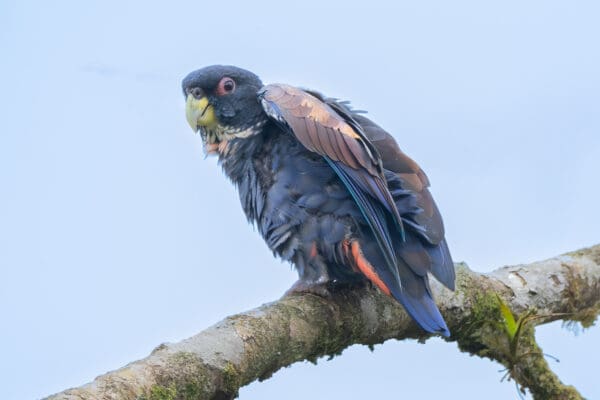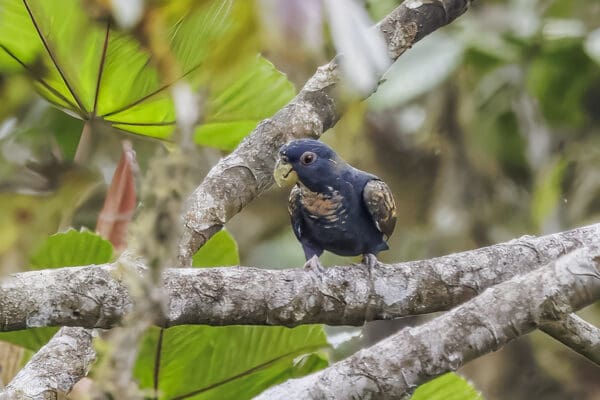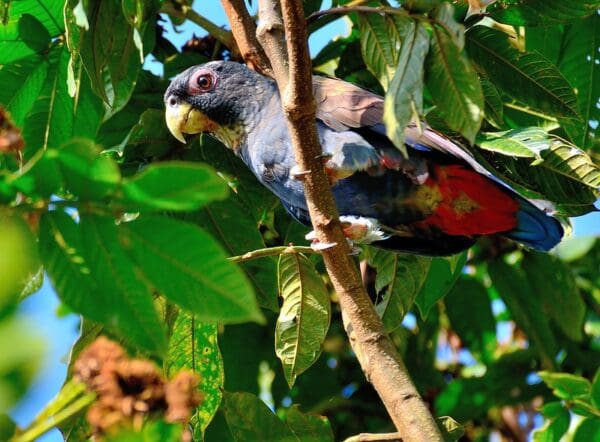Bronze-winged Parrot
Also known as:
Bronze-winged Pionus
Also known as:
Bronze-winged Pionus
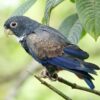
![© Nick Athanas [CC BY-SA 2.0] via Flickr A wild Bronze-winged Parrot perches on a broken branch](https://parrots.org/wp-content/uploads/2023/01/wpt_Bronze-winged-Parrot_1408-9-100x100.jpg)
![© Felix Uribe [CC BY-SA 2.0] via Flickr A wild Bronze-winged Parrot perches atop a tree](https://parrots.org/wp-content/uploads/2023/01/wpt_Bronze-winged-Parrot_1408-8-100x100.jpg)
![© Francesco Veronesi [CC BY-SA 2.0] via Flickr A wild Bronze-winged Parrot perches atop a branch](https://parrots.org/wp-content/uploads/2023/01/wpt_Bronze-winged-Parrot_1408-7-100x100.jpg)
![© Felix Uribe [CC BY-SA 2.0] via Flickr A wild Bronze-winged Parrot perches on a lichen-covered limb](https://parrots.org/wp-content/uploads/2023/01/wpt_Bronze-winged-Parrot_1408-6-100x100.jpg)
![© Felix Uribe [CC BY-SA 2.0] via Flickr A wild Bronze-winged Parrot perches on a branch](https://parrots.org/wp-content/uploads/2023/01/wpt_Bronze-winged-Parrot_1408-5-100x100.jpg)
![© Felix Uribe [CC BY-SA 2.0] via Flickr A wild Bronze-winged Parrot perches on a tree snag](https://parrots.org/wp-content/uploads/2023/01/wpt_Bronze-winged-Parrot_1408-4-100x100.jpg)
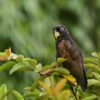
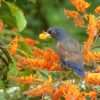
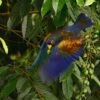
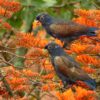
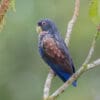
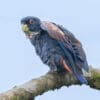
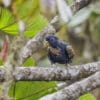
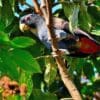
DID YOU KNOW?
Pionus will wheeze and gasp when alarmed or stressed and, if left alone, will stop doing it. It is important, however, to distinguish this from respiratory disease in companion birds.

Pionus

chalcopterus
Size:
29 cm (11.3 in)
Weight:
210 g (7.3 oz)
Subspecies including nominate:
one
Colour Adult:
Both adults dark purple/blue; bronze/brown neck and head, feathers widely tipped with dark purple/blue; white chin; dull pink edging on feathers of foreneck, producing a wide band; bronze/green upper back, mantle, and scapulars; deep blue rump and lower back; red undertail coverts; bronze/brown upper wing coverts and tertials; dark blue tail with red at base. Beak yellow. Eye ring bare and brown/pink. Eye brown.
Colour Juvenile:
Green head and upperparts; brown underparts washed with blue, and with dark green edging to feathers; brown upper wing coverts tipped pale brown and edged with green. Eye ring bare and yellow/white. Eye brown.
Call:
Calls made in flight are harsh and screeching. Resembles calls of Blue-headed Parrot (P. menstruus).
Content Sources:
CITES
BirdLife International
Cornell Lab of Ornithology/Birds of the World
Parrots: A Guide to Parrots of the World, Juniper and Parr, 1998
Parrots of the World, Forshaw and Cooper, 1977. 2010 edition
Parrots of the World, Forshaw, 2006.
Parrots in Aviculture, Low, 1992.
Parrots: Their Care and Breeding, Low, 1986.
Captive Status:
Uncommon
Longevity:
35-40 yrs
Housing:
Aviary or suspended enclosure, minimum length 2-3 m (6.5-9.8 ft).
Diet:
Fruit such as: apple, pear, orange, banana, pomegranate, cactus fruits, forming about 30 percent of diet; vegetables such as: carrot, celery, green beans, peas in the pod; fresh corn on the cob; green leaves such as: Swiss chard, lettuce, sowthistle, dandelion, chickweed; spray millet; small seed mix such as: canary, millet, and smaller amounts of oats, buckwheat, safflower and a little hemp; soaked or sprouted sunflower seed; cooked beans and sprouted pulses; boiled maize, and complete kibble.
Enrichment:
Are vigorous chewers so provide bird-safe, unsprayed fir, pine, flowering or willow branches; heat sterilized pine cones, wooden block toys, vegetable tanned leather toys, swings, ladders, noise makers and rope, and puzzle/foraging toys. Also provide overhead misters or shallow bowls of water for bathing.
Nest Box Size:
Vertical box 10″ x 10″ x 18-24″ (25.4 cm x 25.4 cm x 45.7-61 cm)
Clutch Size:
3-4
Fledging Age:
9 weeks
Hatch Weight:
—
Peak Weight:
—
Weaning Weight:
—
World Population:
Unknown but described as uncommon, decreasing.
IUCN Red List Status:
Least Concern
CITES Listing:
Appendix II
Threat Summary:
Not globally threatened. In SW Colombia, the species is of special concern and in W Ecuador is threatened by rapid forest loss. Less common in the rest of its range where substantial declines may have occurred due to widespread habitat clearance. Population in Peru may be fewer than 500. Little traded internationally, but under some pressure in Venezuela. Also suffers persecution as a crop pest.
Range:
NW Venezuela, in Sierra de Perija, Zulia and mountains of E Tachira and W Merida and W Colombia, in Sierra de Perija, Guajira and in isolated pockets through Andean cordilleras, on western slope of Cordillera Occidental south from Rio Atrato, to both slopes of Andes in W Ecuador, and to NW Peru, Tumbes and Piura.
Habitat:
Found from 900-2800 m (2952-9184 ft) in mainly humid and wet upland and montane forest; also seen in drier deciduous areas on west Andean slope, in forest edge and partly cleared areas with scattered trees.
Wild Diet:
Feeds on fruits of Guazuma ulmifolia and Musa sp., also Ficus. Small seeds also recorded.
Ecology and Behaviour:
Social, particularly outside breeding season. Forages in upper canopy. Nests in tree hollow.
Clutch and Egg Size:
3-4 eggs 29.5 x 23.5 mm (1.1 x 0.9 in)
Breeding Season:
March-May; nest is in tree cavity.
Related Links:
—
